Photo Gallery: Chandra Grahan aka Blood Moon witnessed in India and different parts of the world
The world witnessed the longest total lunar eclipse of this century on July 27, 2018
)
Sky gazers witnessed a rare spectacle on the night of July 27 as the moon turned deep red in colour in some parts of the world. The phenomenon of the moon turning red was termed as the Blood Moon. The century's longest Lunar Eclipse or Purna Chandra Grahan was witnessed by the world. Except for North America, the rest of the continents were able to behold the once-in-a-lifetime sight. The longest total Lunar Eclipse or Chandra Grahan of the century took place and was a major celestial event. This is an image from Israel where the Chandra Grahan was seen at its best. The image is from the city of Ashkelon in Israel. (Image Courtesy: Reuters)
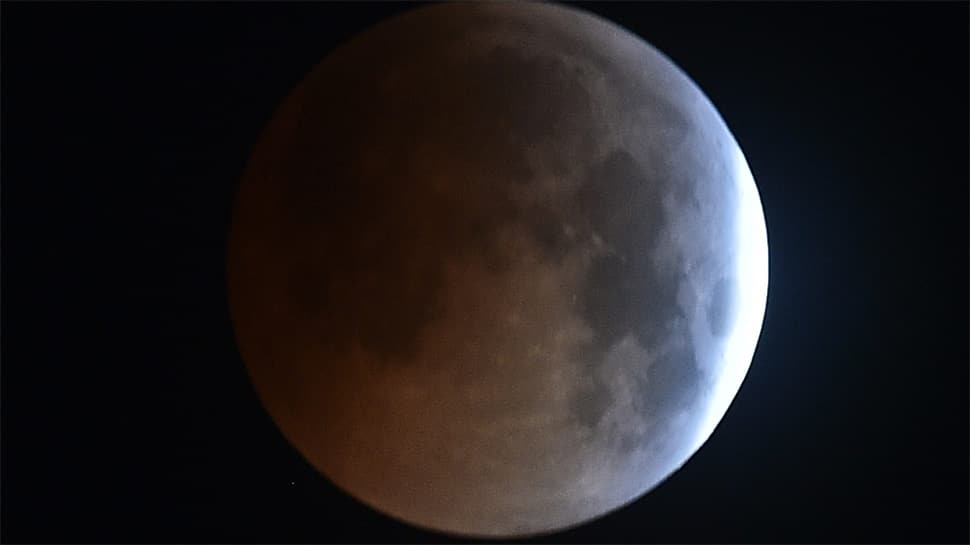
India also witnessed the epic celestial event. This image is from the city of Chennai where the moon was observed changing colour. In India, there are several myths associated with the Chandra Grahan. It is believed that after the Grahan is over, one should take a bath in the holy river Ganges and change to new clothes. Taking a dip in holy water will lead to salvation or moksha, some believe. (Image Courtesy: PTI)
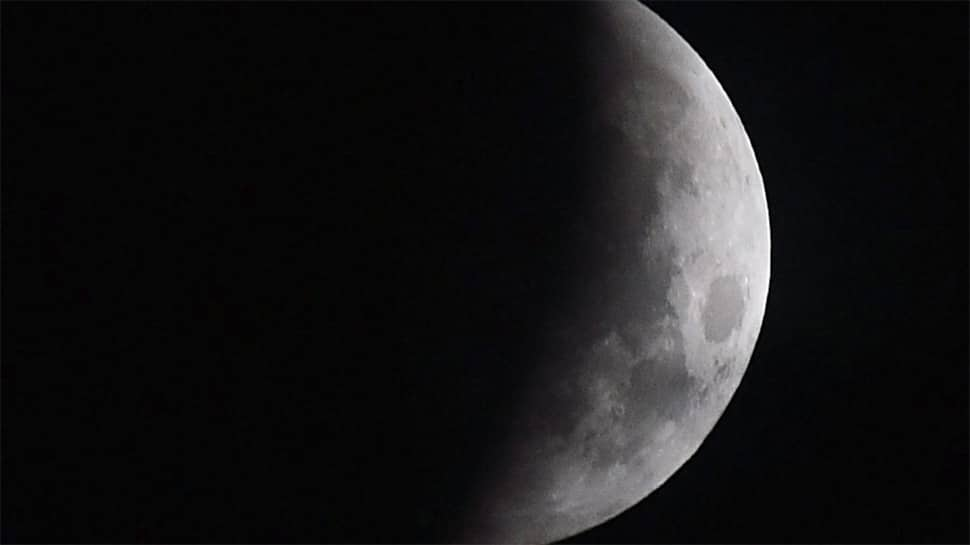
Also, in India, preparation of food or eating is prohibited during the Grahan. Commencing any auspicious task is avoided by many as well. Especially, pregnant women are asked to stay indoors and chant the Santana Gopala Mantra. (Image Courtesy: PTI)
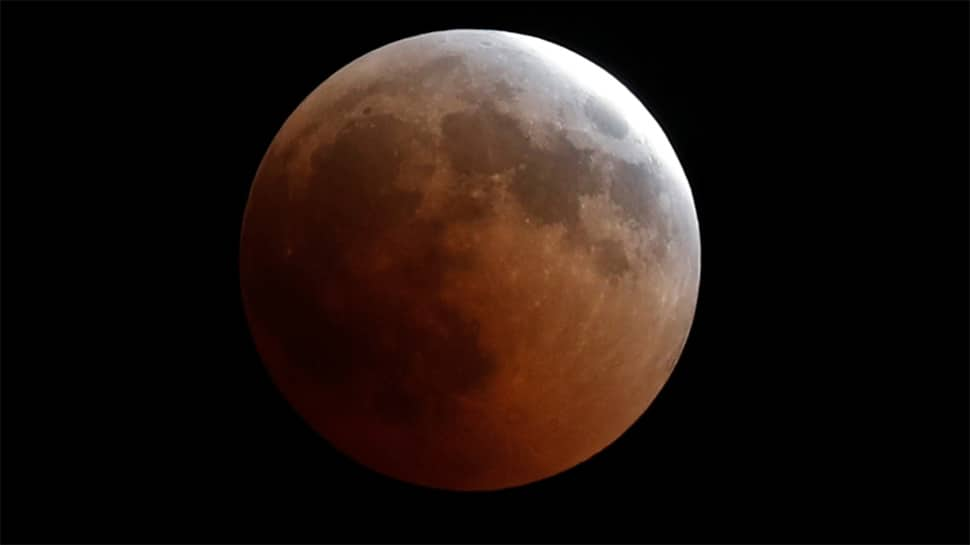
There are several myths associated with the eclipse across the globe as different cultures allude it with omens whether positive or negative. Here is the image of the Blood moon from Cairo. (Image Courtesy: Reuters)
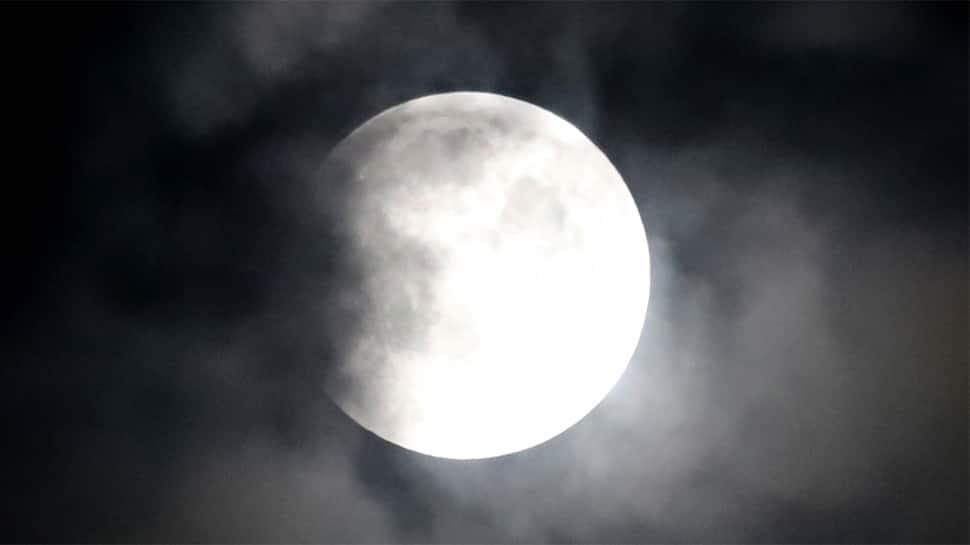
A lunar eclipse happens when the Moon passes directly behind Earth and into its shadow. During a total lunar eclipse, Earth blocks direct sunlight from reaching the Moon. The only light reflected from the lunar surface has been refracted by Earth's atmosphere. This light appears reddish. And that is why it's also known as the blood moon. This image is from Bengaluru, India. (Pic Courtesy: IANS)
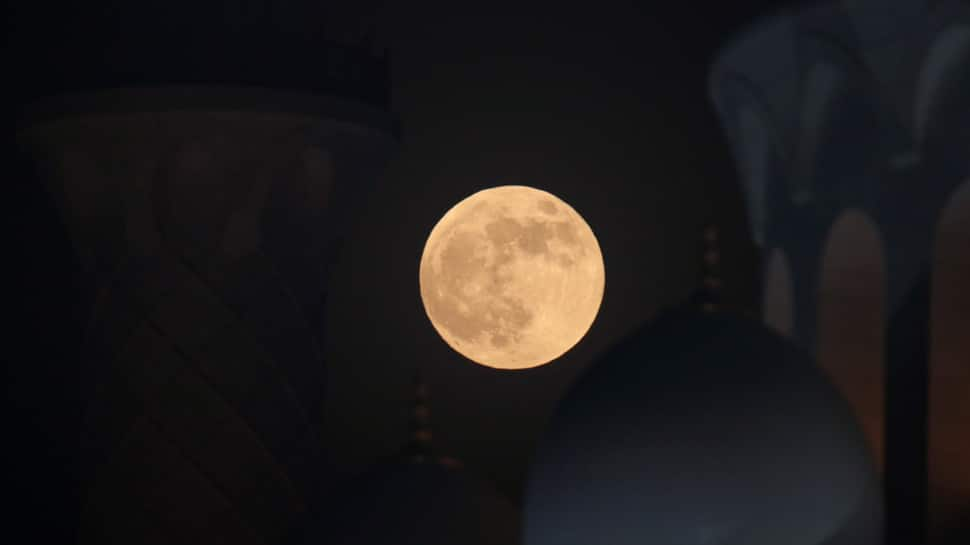
The total lunar eclipse took place on the intervening night of July 27 and 28 with a duration of 1 hour and 43 minutes. Here is how people in Abu-Dhabi saw the moon. (Image Courtesy: Reuters)
